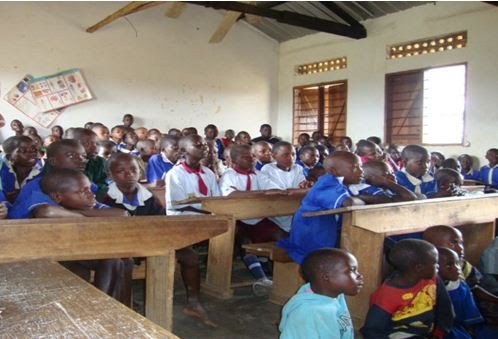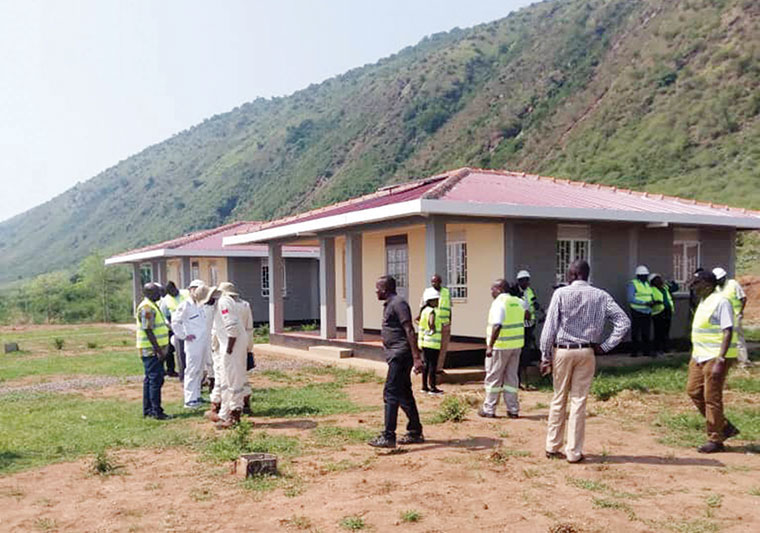
August 24, 2016 1:12 pm
In collaboration with Kakuuto Community Development Project (KACODEP) with support from the Civil Society Fund (CSF), Rakai Environmental Conservation Programme (RECO) implemented an HIV/AIDS prevention project targeting adolescent youth in school of 10- 24 years. 32Virginity and Abstinence Clubs (VAC) of 20 members and 2 contact teachers for each of the clubs in all the 5 sub counties of Kakuuto County were formed. A total of 9850 in school youth , 4297 males and 5553 females with HIV/AIDS preventive messages of Abstinence and virginity.
The formed Virginity and Abstinence Clubs (VACs) were trained and equipped with life skills and HIV preventive messages to reach out to fellow pupils in their schools and in non-selected schools which were not selected due to financial and other considerations. Children were also counseled on Sexual and reproductive health issues.
The project was very interactive and a lot of questions and feedback was got from the young people. For those of you looking to catch up, here is our dozen list of selected scanned written pieces by the Virgin Club members at the initiation stage of the project.
- 1) Male circumcision:
Pupil: Bagamba nti omukomole takwatibwa silimu naye kitufu? (They say that those who are circumcised do not get HIV, is it true?
Response: Male circumcision does not offer complete protection against HIV. The circumcised people can get HIV. The male circumcision just reduces the chances of a person to get HIV infection.
- 2) Condom:
Pupil: Bagamba nti kodomu tebela 100% lwaki ebela 99%? (They say that condom is not 100% why is it 99%?)
Response: Very true No condom prevents pregnancy or STDs including HIV 100% of the time. This is because sometimes condoms are used incorrectly e.g. expired, heat exposure, roughness, damage, reservoir absence, poor putting on, poor withdraw, breaks, slips. And even under proper use, condoms do not protect against infections spread from sores on the skin not covered by a condom. Therefore though condom use cannot provide absolute protection, research shows that consistent and correct use of the latex condom reduces the risk of STD and HIV transmission. The most reliable ways to avoid transmission of HIV and STDs for you children are to abstain from sexual activity, and when you grow up and marry, be in a long-term mutually monogamous relationship with an uninfected partner.





